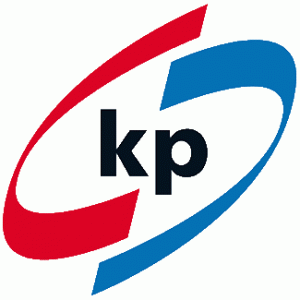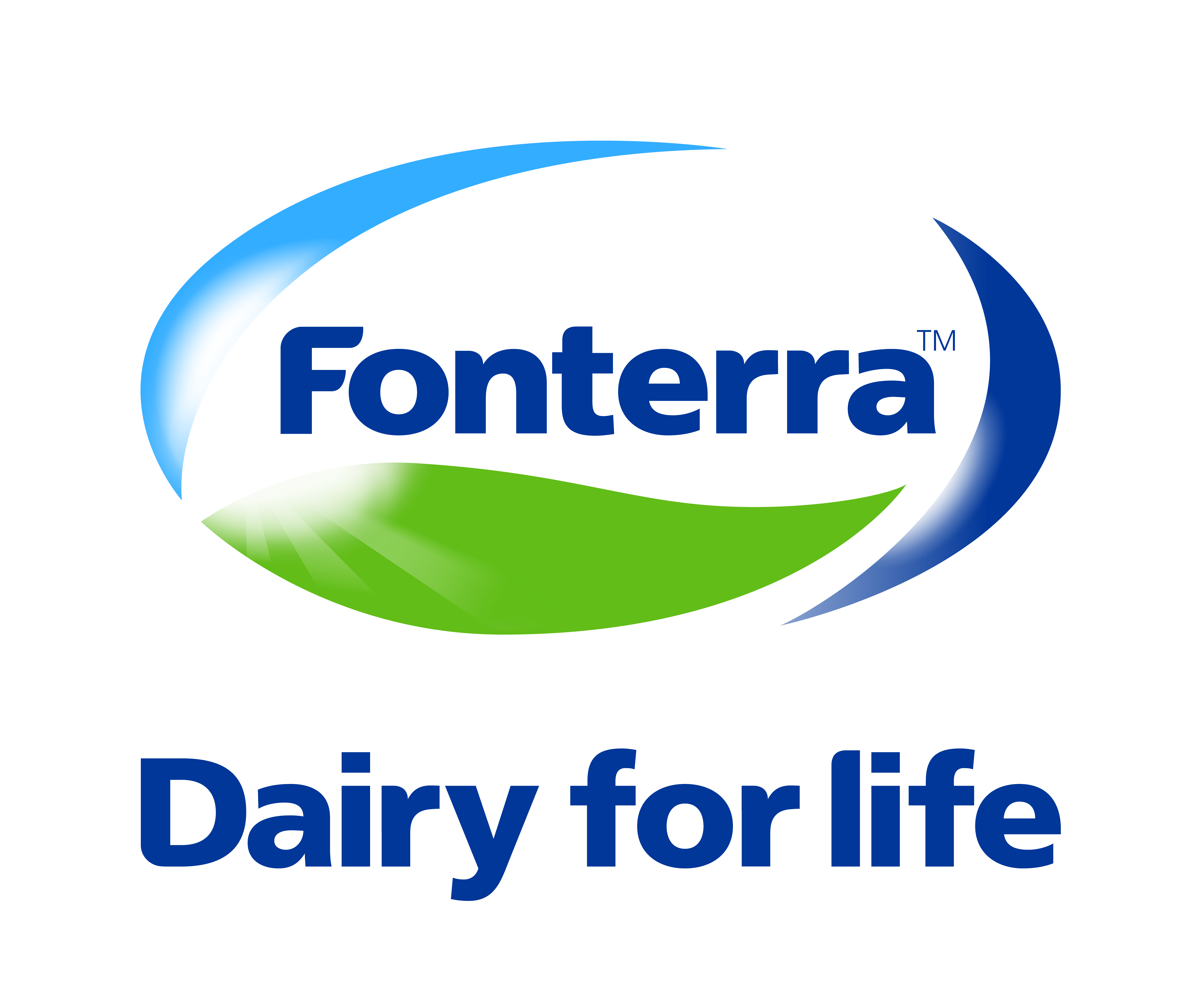22 January 2019, Tuesday
|
| TIME |
AGENDA |
|
|
| 09:00 |
Welcoming Speech, Opening Remarks & Thank You Sponsor Speech by Conference Producer |
|
|
| 09:05 |
Forum Introduction by Chairman
- Highlights on Forum Day 1 Key Sessions
|
 |
Barry McGookin
General Manager, Innovation Capabilities
Food Innovation Australia Limited |
 |
|
|
|
|
| 09:10 |
Keynote: Innovations in Food Safety – Where the Industry is Today and Heading to Next
- IoT devices and connected technologies like wireless temperature sensors, video cameras and automated data management systems together with predictive analytics present valuable data points to implement more proactive measures for food safety
- Smart sensor and traceability technologies enable up-to-date product information for consumers, including raw material provenance, sustainability data and allergen information
- Automation and analytics improve quality control and promote food safety by helping food manufacturers hone in on problem areas in the supply chain to prevent food contamination
|
 |
Cathy Moir
Food Safety & Stability Group Leader
Commonwealth Scientific and Industrial Research Organisation
Vice President
Food Safety Information Council
|
 |
|
|
|
|
| 09:40 |
How SPC Ardmona Uses Technology to Ensure Food Safety from Farm to Fork |
 |
Blair Keating
Head of Innovation
SPC Ardmona |
 |
|
|
|
|
| 10:10 |
Speed Networking |
|
|
|
|
| 10:20 |
Morning Refreshment & Networking |
|
|
| 10:35 |
Phages in the Food Industry |
 |
Dan Crozier
Managing Director
SKG Biotech in Action |
 |
|
|
|
|
| 11:05 |
How to Build a Sustainable Future Using the Valuable Benefits of Plastics Responsibly
Sustainability is driven by global mega trends that impact our current societal needs for plastic packaging as an essential part of the food supply chain. Lubna will present how Klöckner Pentaplast excels in the innovation of protective plastic packaging:
- Driving for closed loop solutions by increasing the recycling of valuable plastic waste and avoid it being littered into the oceans
- Strengthening collaboration with key stakeholders to achieve common sustainability goals across the value chain
- Working towards a circular economy by understanding and addressing market, societal and environmental needs
|
 |
Lubna Edwards
Global Sustainability Director
Klöckner Pentaplast |
 |
|
|
|
|
| 11:35 |
Roundtable: Category-Specific Food Safety Case Studies
|
 |
Prof Sandra Kentish
Head of School of Chemical & Biomedical Engineering
University of Melbourne |
|
|
|
|
|
|
- Using Authentication to Engage with Customers at the Point of Sales and Beyond
|
 |
Martin Ross
Group Commercial Director
YPB Group |
 |
|
|
|
|
|
- Plastics Packaging and Marine Litter Challenges and Solutions in Australasia
|
 |
Lubna Edwards
Global Sustainability Director
Klöckner Pentaplast |
 |
|
|
|
|
|
- Minimizing Listeria Risk Up to the Point of Consumption
|
 |
Dan Crozier
Managing Director
SKG Biotech in Action |
 |
|
|
|
|
| 12:30 |
Lunch & Networking |
|
|
| 13:30 |
New Zealand Post Case Study: How HUI Māori Collective Leverage Alibaba’s Blockchain Traceability System for Supply Chain Transparency to Counter Food Fraud |
 |
Dene Green
General Manager, International Strategy & Partnership
New Zealand Post
|
 |
|
|
|
|
| 14:00 |
Building a Blockchain-Based Ecosystem to Transform our Food Supply Chains in Australia with IBM Food Trust™ |
 |
Rupert Colchester
Head of Blockchain
IBM |
 |
|
|
|
|
| 14:30 |
DNA Barcoding as a Reliable Tool to Track Down Mislabeling and Food Piracy
- DNA barcoding is a molecular technology that allows identification of any biological species by amplifying, sequencing and querying genic information
- DNA barcoding when used for food labeling, supports food safety and uncovers food piracy in freshly commercialized and technologically processed products
- DNA barcoding is a relatively simple, cheap and trustworthy technology
- DNATrax, a tasteless and odorless spray infused with DNA, which acts as a marker and carries food origin information, is vital in tracking and stopping spread of foodborne illnesses – once the spray has been administered to food, it can be scanned electronically and traced back to its point of origin
|
 |
Prof Andy Lowe
Director of Food Innovation
University of Adelaide
|
 |
|
|
|
|
| 15:00 |
Afternoon Refreshment & Networking |
|
|
| 15:30 |
Pernod Ricard Case Study: Leveraging on Serialization to Counter Food Fraud
- Seamless tracking of food products from origin to till is of vital importance to quality monitoring, tracing and response in the event of a crisis
- Serialization offers opportunities to the food retail and wholesale trade sector, and performs a wide range of tasks from controlling internal logistical processes, monitoring of distribution chains, through to offering product-specific value-added services
- Serialization simplifies many processes and makes it possible to trace the route a product has taken
|
 |
Rob Langford
Quality & Compliance Manager
Pernod Ricard Winemakers |
 |
|
|
|
|
| 16:00 |
Robotics in Food Production, Packaging, Automation and Safety |
 |
Nick Stanford
Head of Solution Engineering (Meat Process Technology)
Scott Automation
|
 |
|
|
|
|
| 16:30 |
Fonterra Case Study: Traceability From Farm to Fork
- Consumer traceability, and engagement with consumers via QR codes for authentication and provenance
- Internal traceability, implementation of electronic traceability from farm to fork including single global repository, visualization technology, and automated data capture
- Change management experience and learnings
|
 |
Jerry Castellanos
Global Traceability Lead
Fonterra |
 |
|
|
|
|
| 17:00 |
Lean Implementation in Food Manufacturing and Continuous Improvement |
 |
Boon Teh
Process Transformation Manager
nbn™ Australia
|
 |
|
|
|
|
| 17:30 |
Closing Remarks by Conference Chairman |
|
|
|
|
|
|
|
| 18:00 |
Champagne Networking
|